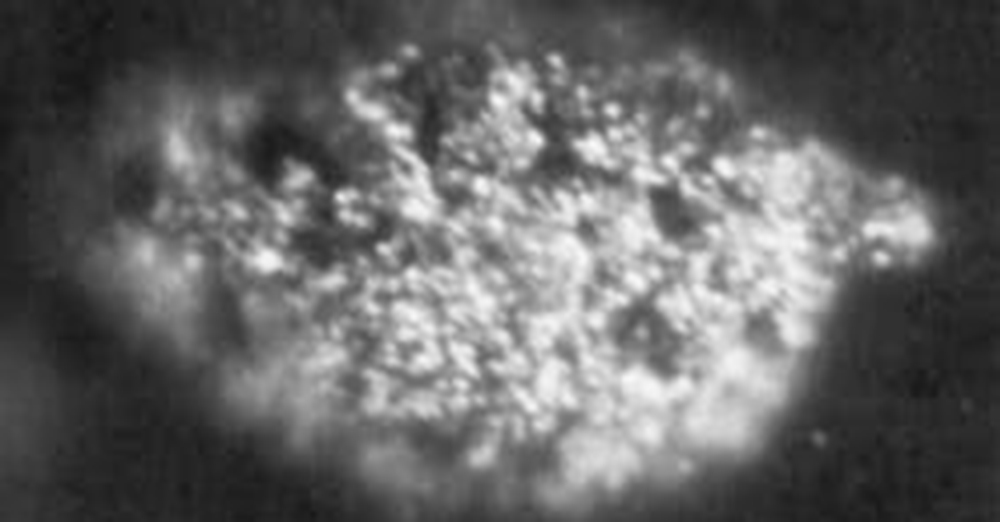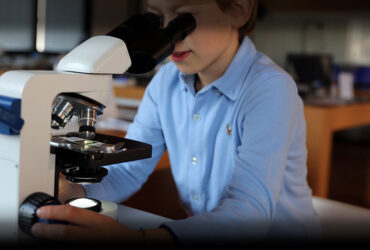Berkelium is a member of the group of radioactive actinides. It has a silver color and can be combined into many compounds. It contains oxygen, It can mix with water vapor and acid. It does not merge into alkalis. Berkeley was discovered in Berkeley, California, and was named after him.
The eighth element in the Athenian group, Barkillium, was discovered in December 1949 by scientists Thompson, Albert Ghiorso, and Glenn Seaborg. A few milligrams of 241Am and helium ions were produced by a cyclotron. The original isotope is 243Bk and has a half-life of about 4.5 hours. Ten of its isotopes have already been discovered. Due to its 314-day shelf life, 249Bk’s properties make it possible to carry barium isotopes up to a measurable amount. Therefore, the properties of these isotopes can be known more accurately. Pure Bacillium Compound (Bacillium Chloride) was produced in 1962.
Bacillus appears to be a silvery metal, but it cannot be made into an element. It is soluble in weak metal acids and easily combines with air or oxygen at high temperatures to emit oxides. (X-ray diffraction method is used to separate its various compounds.) Like other ethane elements, bacilli may have an effect on the skeletal system. Due to its scarcity, Barkilium could not be used commercially or technically.
Ten known isotopes have been found to be radioactive. Bacillus is not found naturally on Earth.
Bacillus is not present naturally on the Earth’s surface, so it has few health effects on living things. However, man-made radioactive beryllium isotopes in the laboratory are harmful to humans. water, air, The sea Radioactivity is occurring in natural environments such as the oceans. Invisible rays can enter the body through organisms and food and cause health problems.
Radioactive bacilli can damage the genes of living organisms and kill the reproductive cells without even reproducing them. Even light radiation can cause various cancers. Despite such health effects, the exact cause of exposure to radiation has not been identified. The only evidence of transmission has been predicted. In other words, it simply stops production capacity increases over time. Berkelium is not found in nature, so it has little effect on the environment.
















